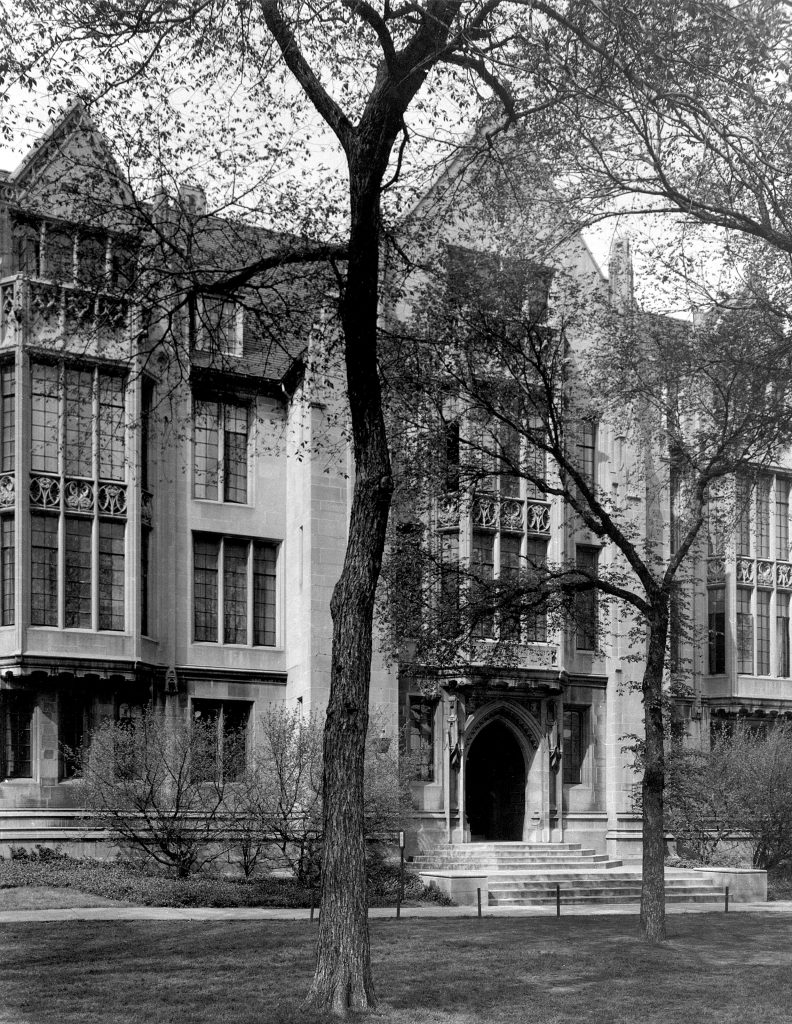Earl K. Hyde was a research associate at the University of Chicago’s Metallurgical Laboratory (“Met Lab”) during the Manhattan Project.
Prior to working at the Met Lab, he was working with Edward P. Schlesinger on a United States Signal Corps project at the University of Chicago. On January 10, 1944, Hyde joined the Met Lab. In the Chemistry Division of the lab, he started as a junior chemist in Section C-I, Group 5 – Volatility and General Dry Chemistry led by Norman R. Davidson.
According to the Journal of Glenn T. Seaborg, 1942-1946, Vol. 2, Hyde finished developing a protective box for safe loading and handling of quartz boats within laboratory hoods on March 13, 1944. As of April 1944, Hyde became a research assistant in Group 5.
In October 1944, he became a junior chemist in Group 9 – U-223 Group. Within the group, Hyde helped carry out a new half-life determination for U-233 and identify extraction solvents for uranium. By April 1945, Hyde became a research associate in Group 9.
Hyde was one of seventy scientists and workers at the Met Lab to sign the Szilard Petition, a document written by Leo Szilard petitioning President Truman to avoid dropping the atomic bombs on Japan.
Later, Hyde worked as a Senior Staff Scientist in nuclear chemistry at Lawrence Berkeley Laboratory. In August 1955, he served as a technical advisor to the U.S. delegation to the International Conference on Peaceful Uses of Atomic Energy in Geneva, Switzerland.
For more information about Earl K. Hyde, please see the following references:





